Preparing for the Badrinath Yatra is very crucial for a spiritually enriching experience. It is a very exciting journey that requires careful planning and preparation to ensure a safe and fulfilling experience. Badrinath is the crowning jewel of the Chamoli district of Uttarakhand. It is one of the most prominent Char Dham pilgrimage sites in India and an iconic worship place for Hindu devotees. Here’s a comprehensive guide on how to prepare for the Badrinath Yatra:
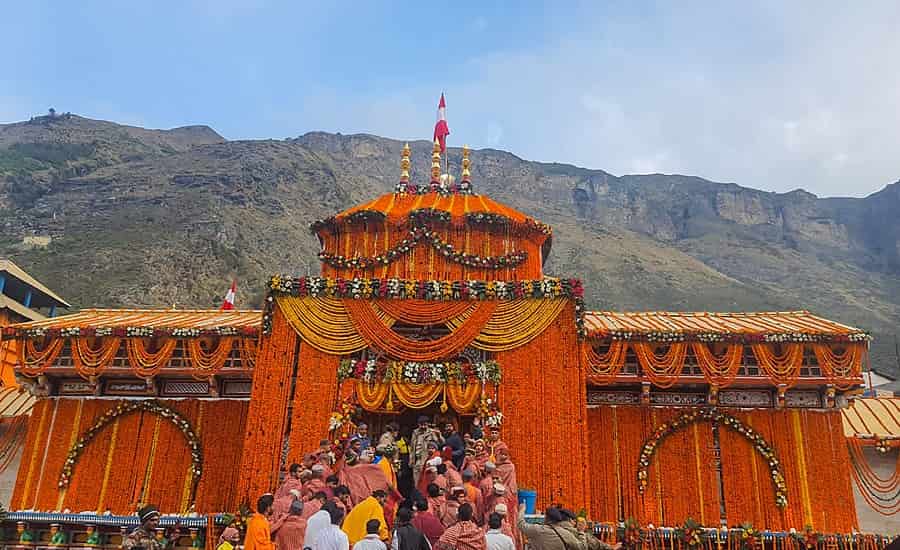
Research and Planning
- If you are planning for Badrinath Dham Yatra, you must research the route in advance. Start researching about weather conditions, accommodation facilities, and road conditions along the way.
- Always prepare your itinerary in advance. Consider factors such as travel time, accommodation, food, and transportation options for a smooth spiritual tour.
- Check for any travel advisories, especially during monsoon season or winter. During this time, Badrinath’s entire region is covered in snow which makes the roads damaged or inaccessible.
Physical Fitness
- The journey of Badrinath involves trekking and long walks. So one must undertake regular exercise to improve stamina and endurance.
- You must consult with a healthcare professional before planning your trip to Badrinath. If you have pre-medical conditions then treat it before going for Yatra.
- To improve your stamina and endurance, Begin a fitness regimen several weeks before the Yatra. It will make you strong enough to handle physical exertion.
Packing Essentials
- Pack light clothing such as such as warm clothing, rain gear, comfortable trekking shoes, sunscreen, sunglasses, and a first aid kit. No matter the season you must carry these essentials.
- Carry sufficient snacks, water bottles, and energy drinks to stay hydrated and nourished throughout the journey.
- Don’t forget to pack any prescribed medications or personal hygiene items you may need.
Accommodation
- Secure your accommodation way ahead of time, especially during busy pilgrim seasons when campsites used to be full quickly.
- Research and pick accommodations that have the necessary amenities and, ideally, are located on the route you choose.
Transportation
- Determine the transportation mode for reaching the starting point of the Yatra, whether by road, train, or flight.
- If traveling by road, make use of term extensions or perform public transport services.
- Book local modes of transportation like buses, jeeps, or ponies that can be used for trekking to greater altitudes during the Yatra.
Distance and Route
- Badrinath Yatra generally covers a distance of approximately 295 kilometers (184 miles) from Rishikesh, which is one of the most popular starting points for the pilgrimage.
- The trip takes the traveller to different environments like plains, hills, and mountains and the road conditions are different in all these places and hence the altitude different too.
- The trail also goes through towns and villages like Devprayag, Rudraprayag, Karnaprayag, Nandaprayag, and Joshimath, each having its legends in Hindu mythology.
- The journey continues further uphill from Joshimath to Badrinath, which is situated at an altitude of about 3,133 meters (10,279 feet) above sea level.
- The length of time required to travel from Rishikesh to Badrinath may vary according to the means of transportation or the pace of the trip. The duration may be anywhere between 10 and 14 hours.
Documentation and Permits
- Make sure to have all the permits and paperwork to travel on that trail, including permits for restricted areas or national parks.
- Always travel with valid identification documents like passports, driving licenses, and an Aadhaar card, since they might be required at different points of your travel route.
Safety Precautions
- Stay in touch with weather forecasts and future reports as well as specific conditions along the journey to be aware of the risks and challenges you may encounter.
- We strongly advise you to follow safety guidelines from local authorities and not be reckless, especially in the highlands.
- Travel in a group, or with an expert if possible, because they can direct you and assist you in case of an emergency.
Cultural Sensitivity
- Be mindful of the religious and cultural significance of the pilgrimage site and abide by the local customs and traditions.
- Dress modestly and avoid doing things that could be categorized as disrespectful or offensive to the local community.
Environmental Responsibility
- Engage in responsible tourism by trying to ensure that you minimize the negative effects on the environment and avoid littering or damaging the surroundings.
- Be sure to dispose of your waste responsibly and take with you all non-biodegradable items to keep the route clean.
Spiritual Preparation
- Take sufficient time to mentally prepare yourself for the spiritual journey ahead and make your own goals for the Yatra.
- Participate in meditation, prayer, or other spiritual activities to create a feeling of inner peace and contemplation while on the pilgrimage.
In conclusion, preparing for the Badrinath Yatra involves thorough research, physical fitness, proper planning, and a respectful attitude toward the spiritual and cultural significance of the pilgrimage. By following these guidelines and being well-prepared, you can embark on this sacred journey with confidence and reverence, ensuring a memorable and enriching experience.




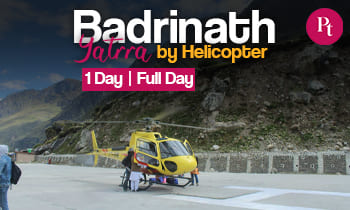
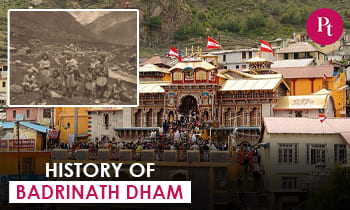
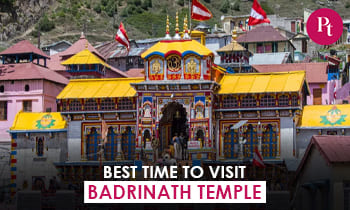


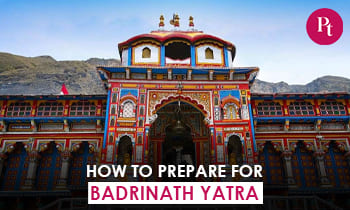

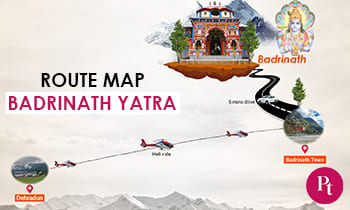


 Call
Call WhatsApp
WhatsApp Enquiry
Enquiry